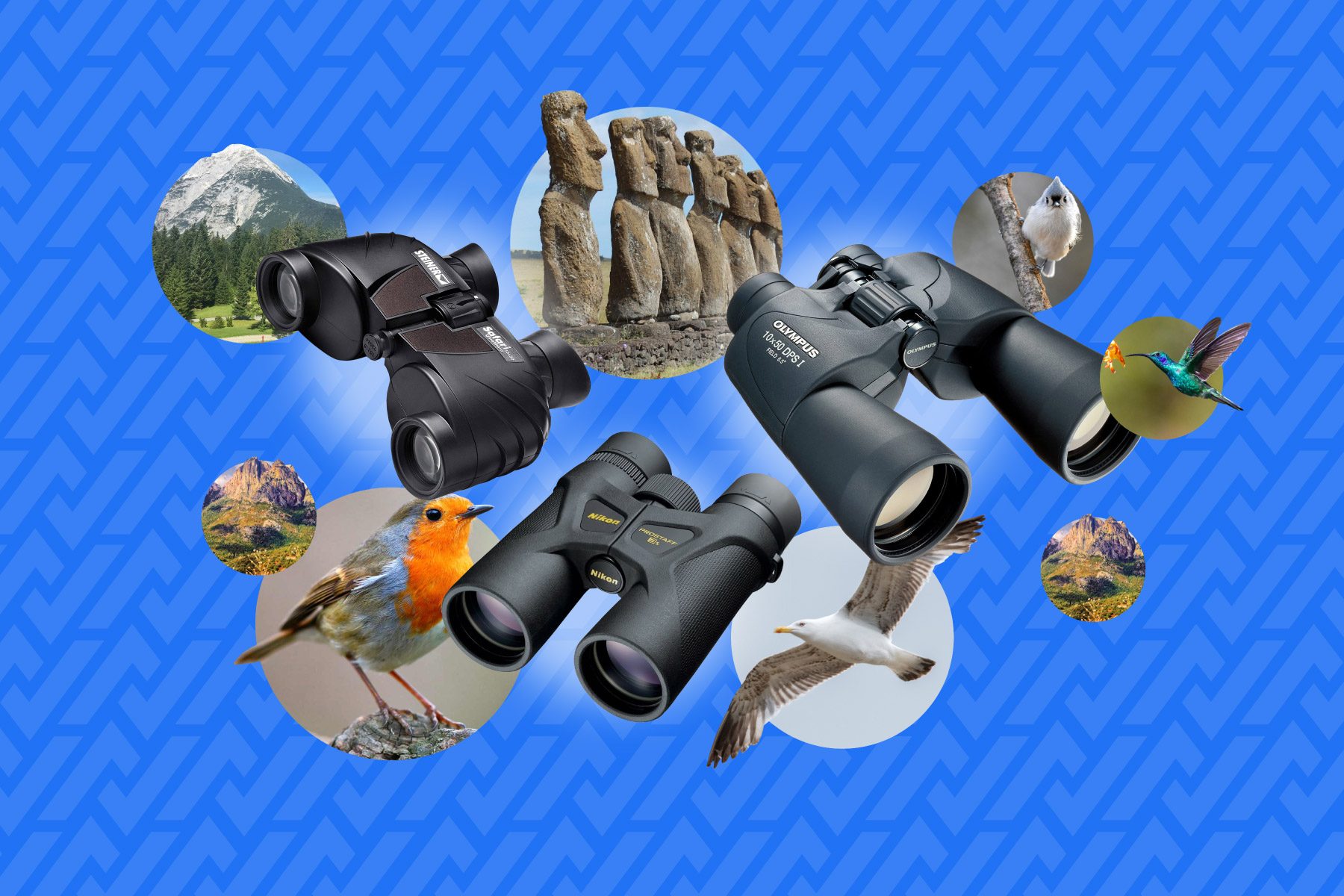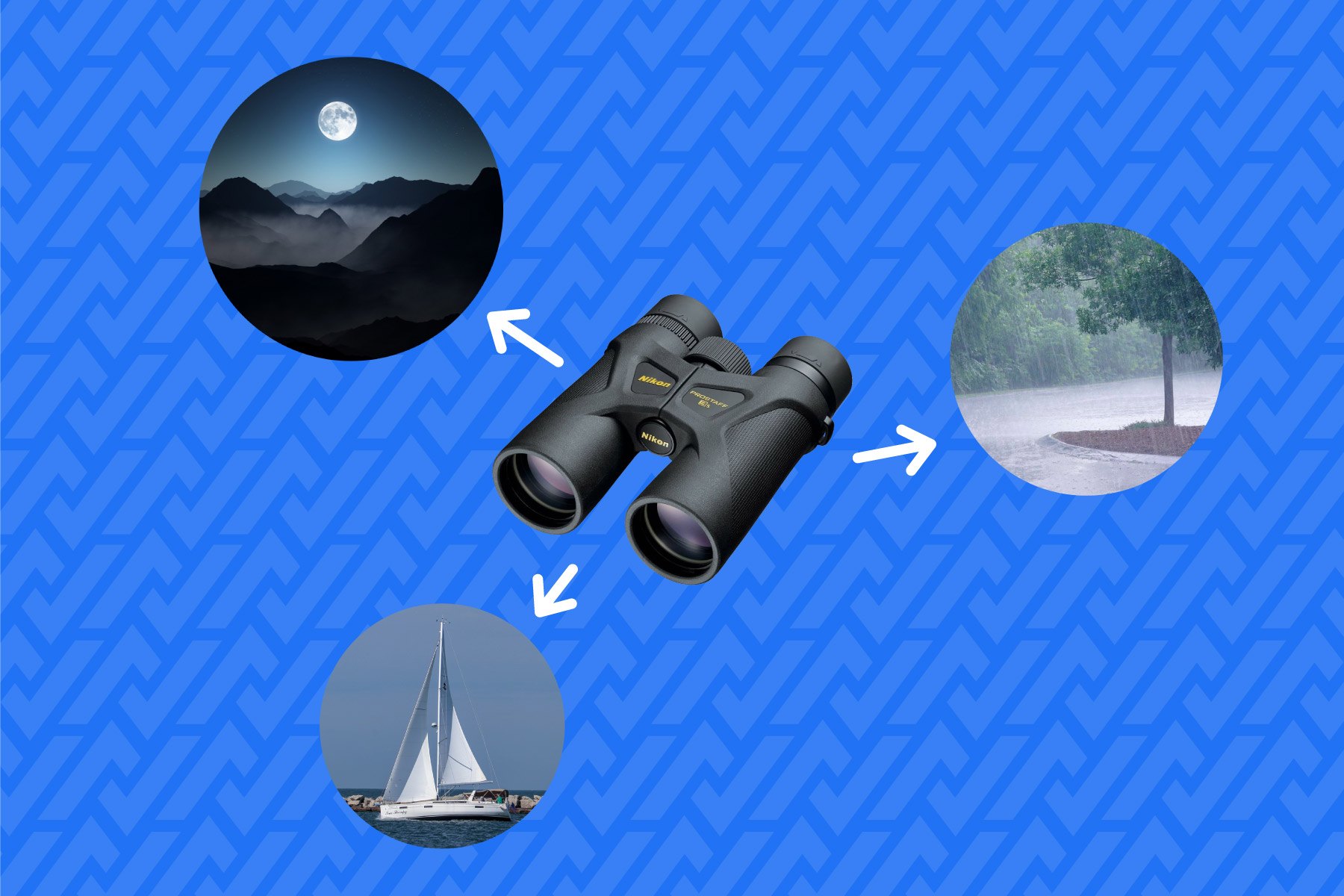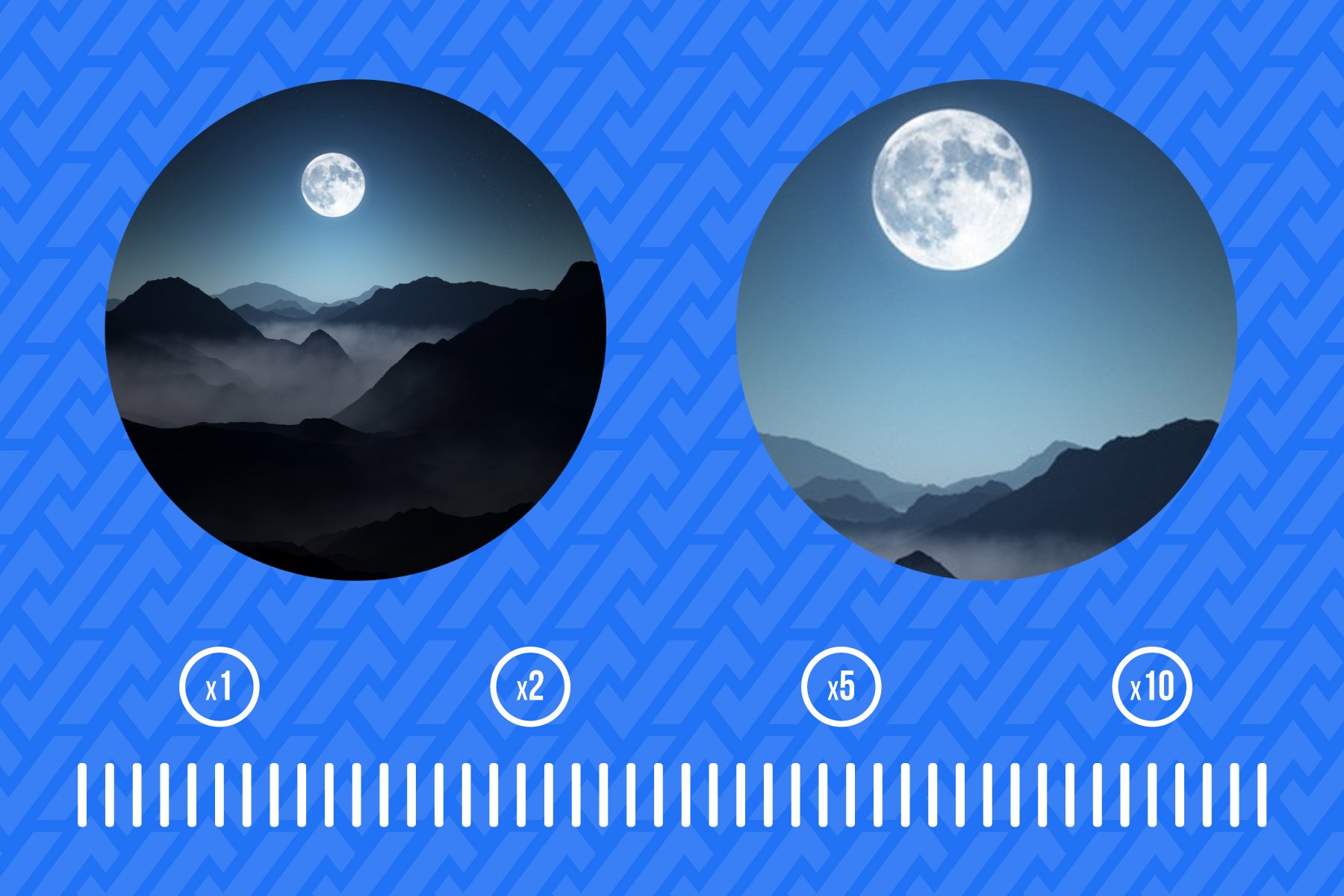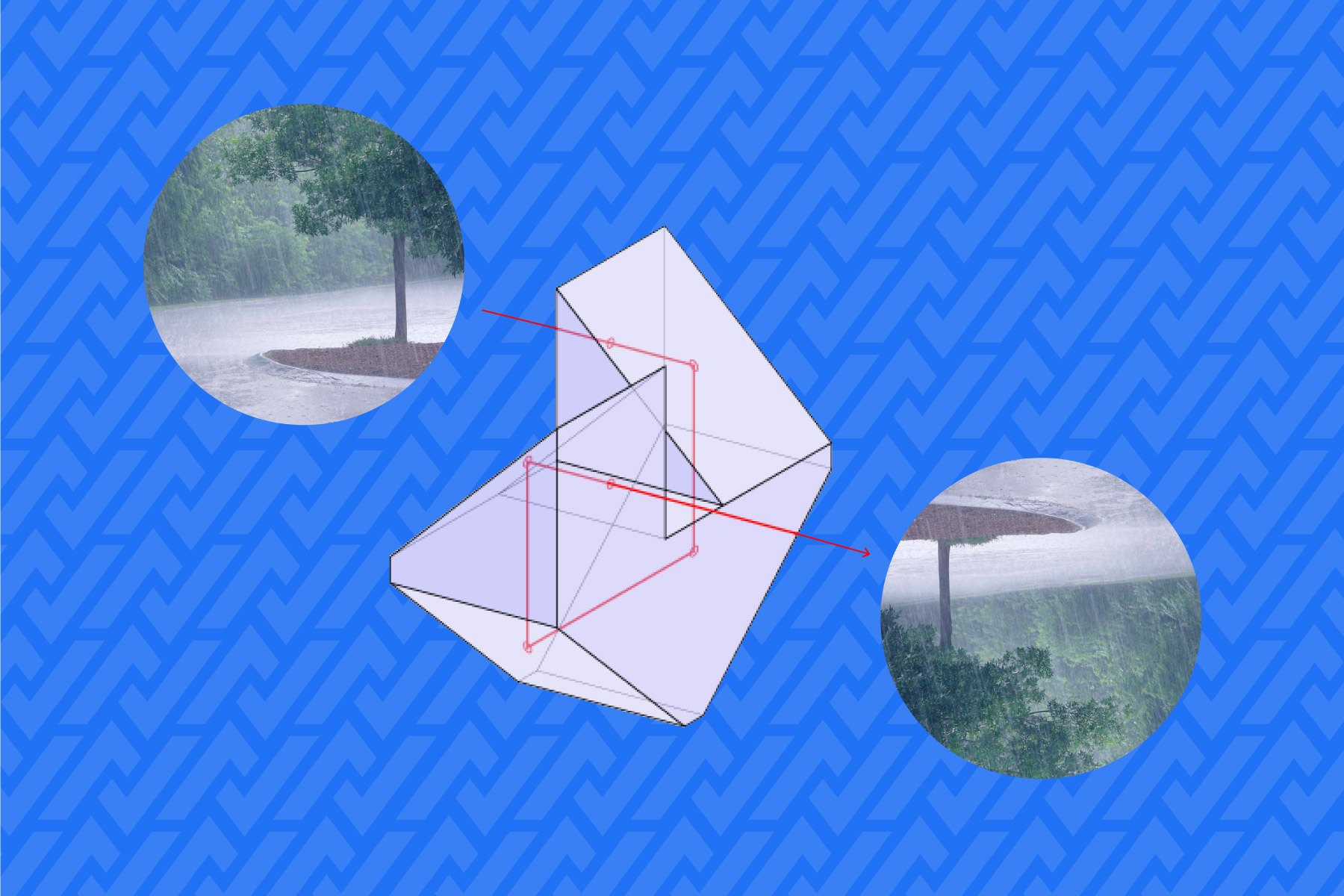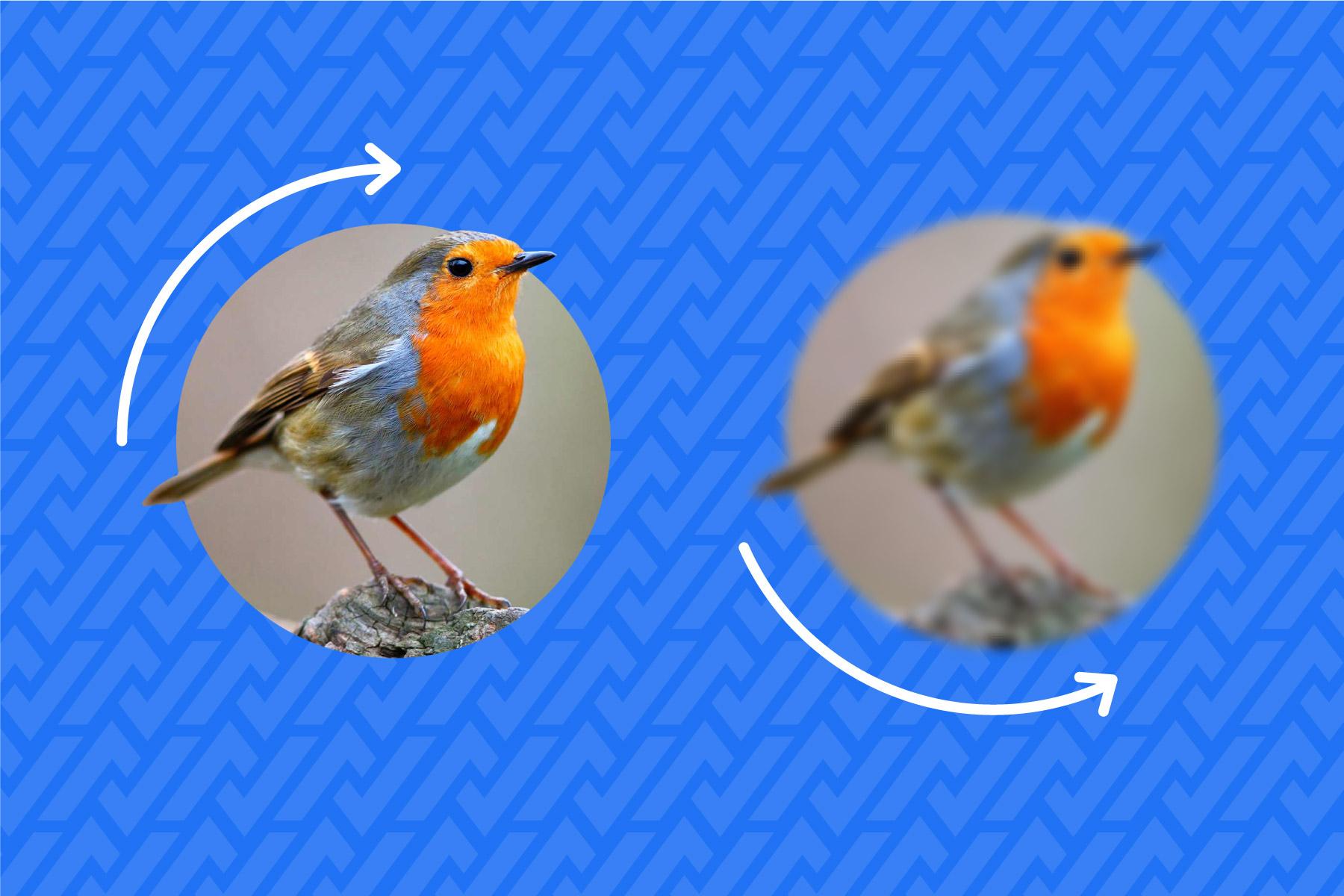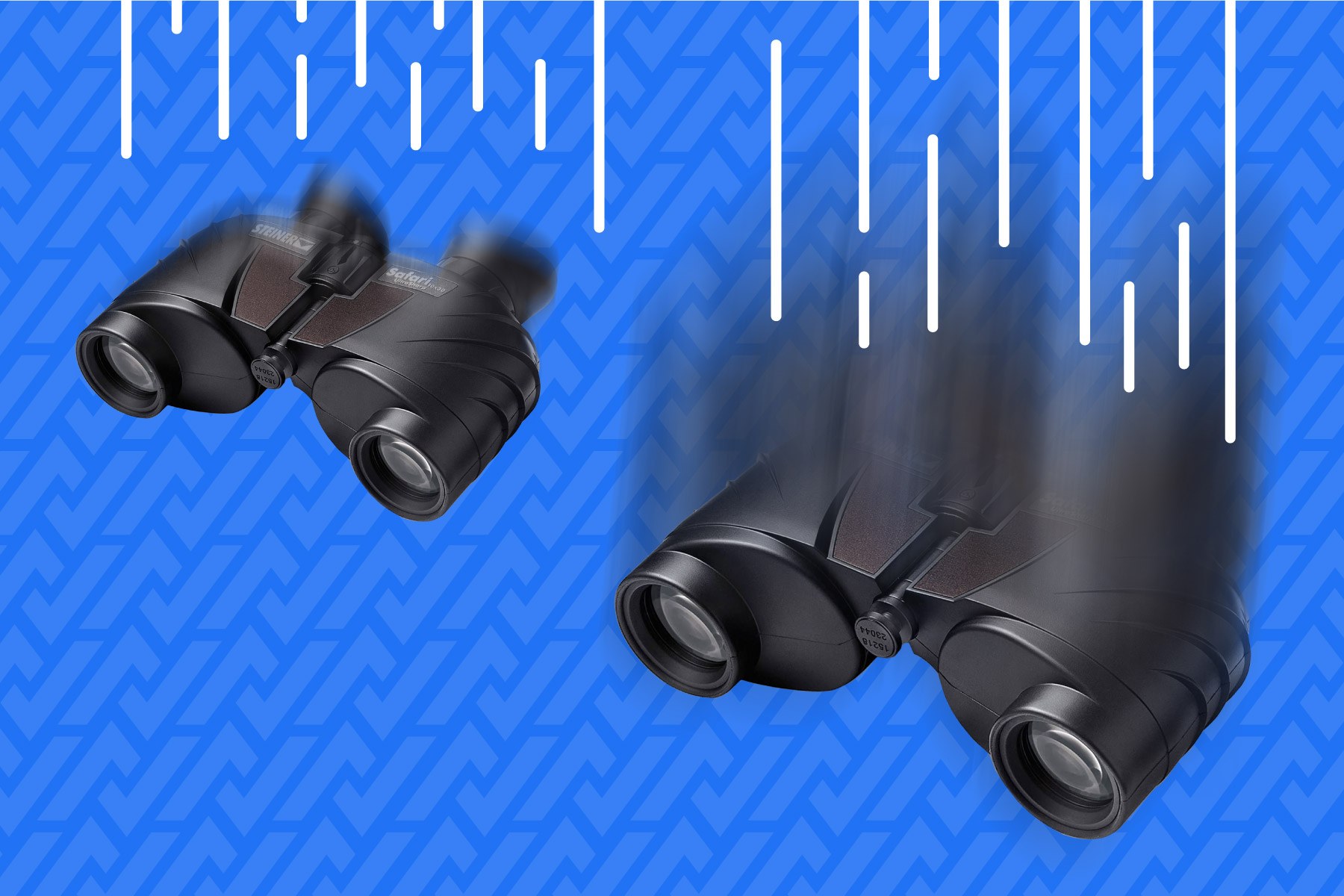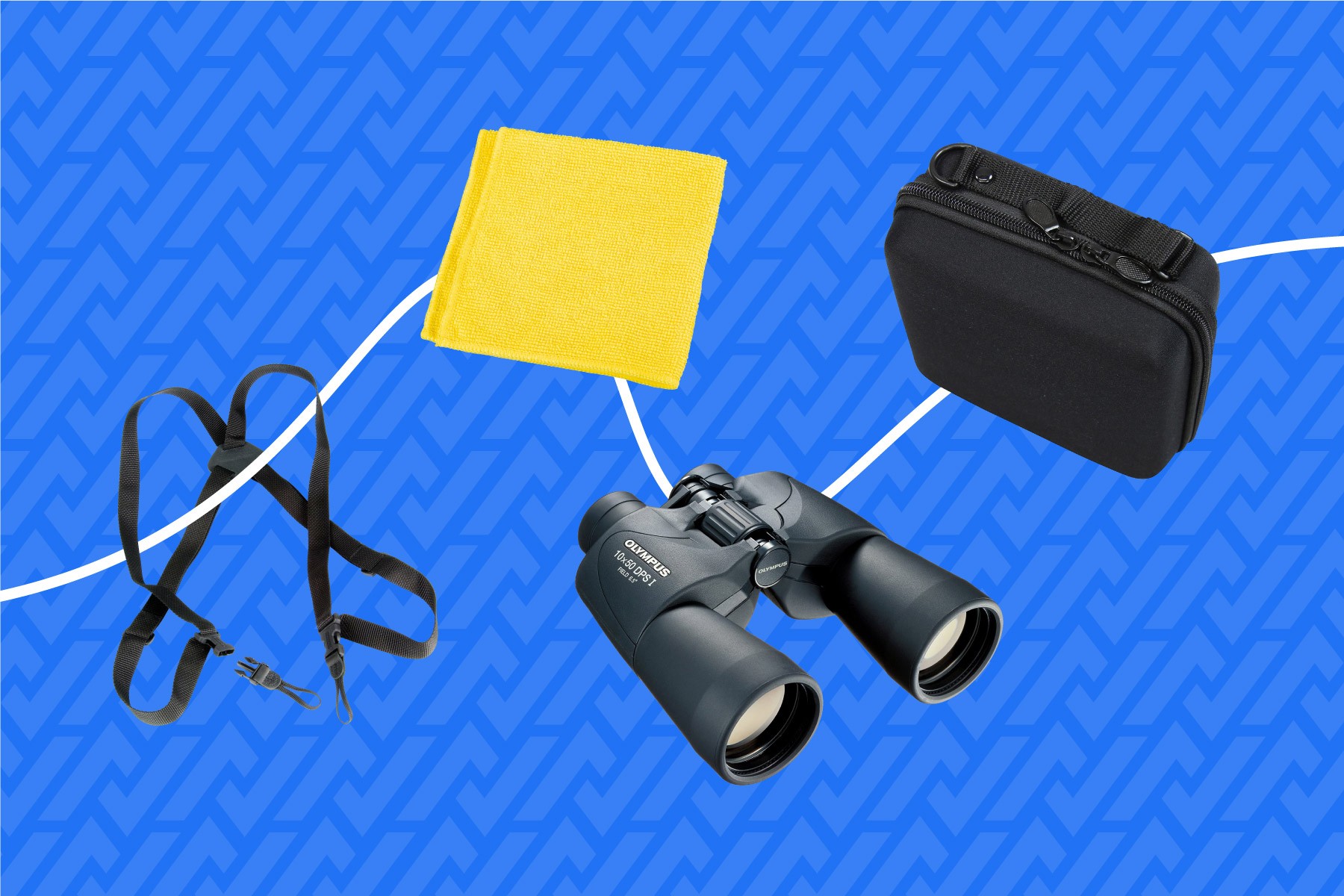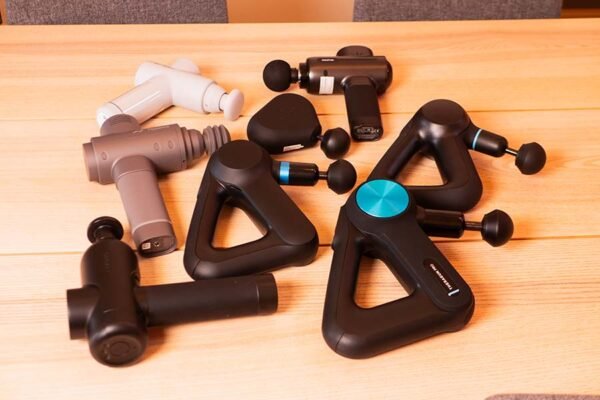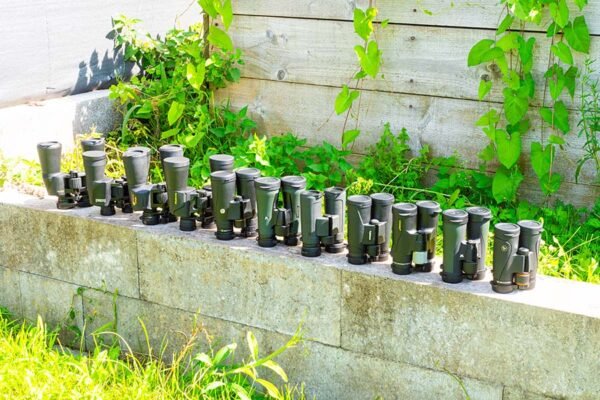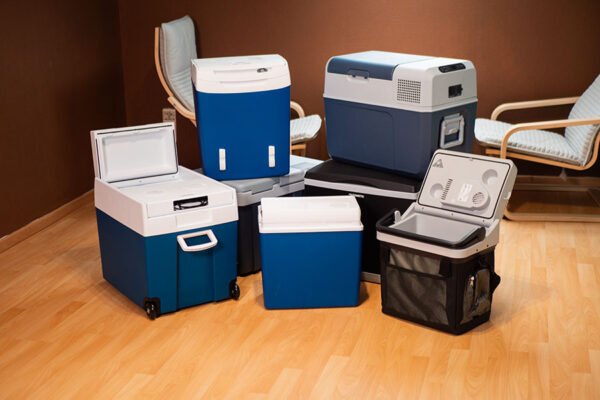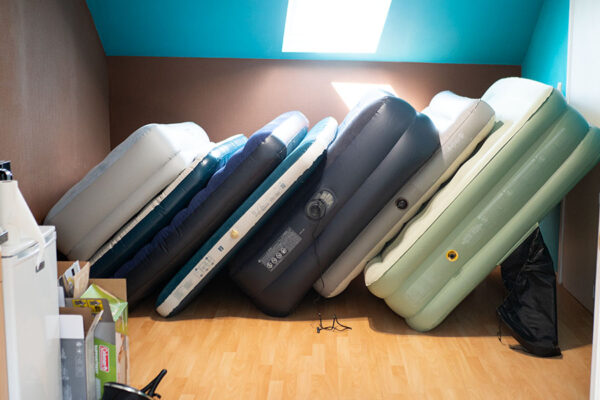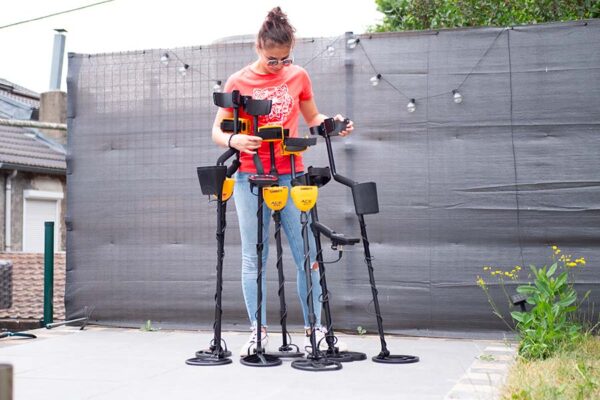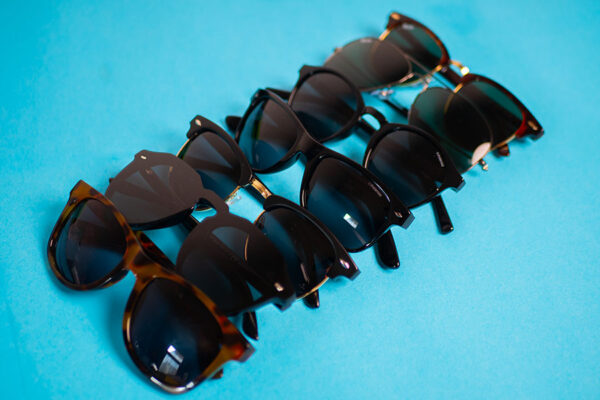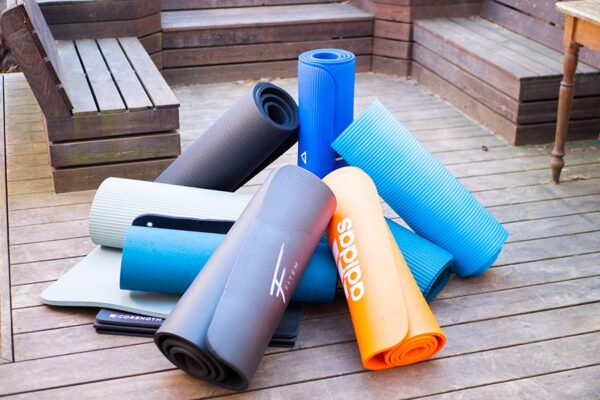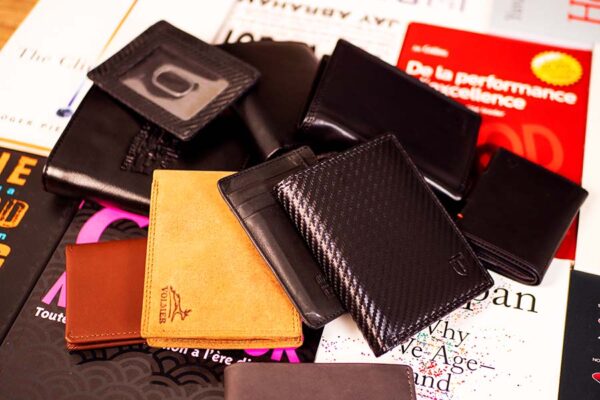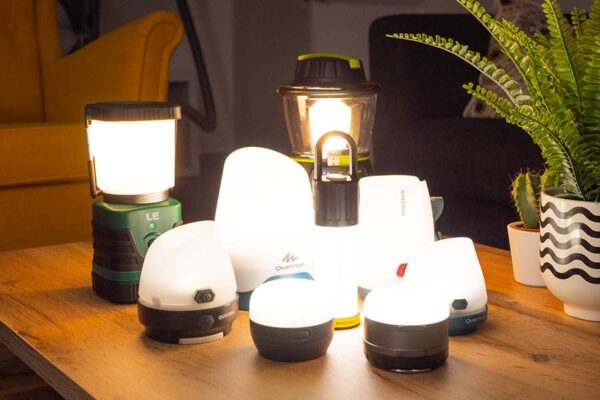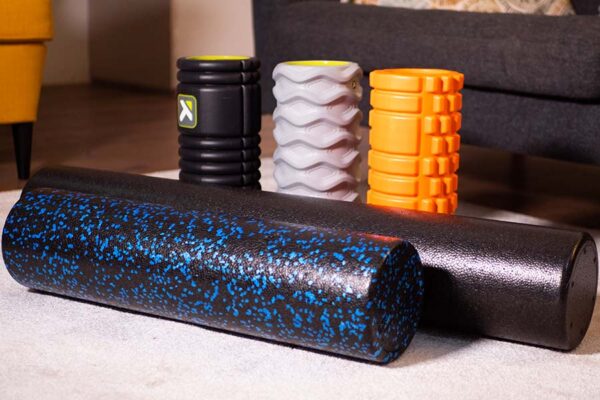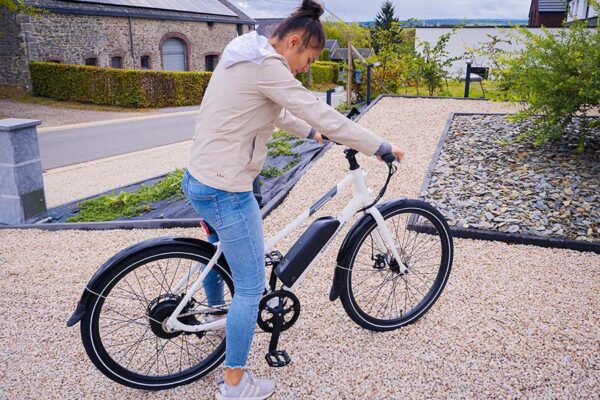Posted on 5 April 2022
Step 1: The topic
Your needs are different depending on the subject you are looking at, the distance you are looking at and the movements you are making. Depending on whether you are looking at stationary or moving, fast or slow moving objects, the zoom and field of view will vary.
- With still elements such as landscapes or monuments, it is best to go for a versatile model that can be easily carried on a hike. If you are looking at an overview, you need a lower magnification and a wider field of view. But if you are looking at something specific (e.g. spying or features in the sky) a higher magnification is more interesting.
- For movings elements, such as bird watching, hunting or stadiums matches, a low magnification is preferred to compensate for the lack of stability, and a wide field of view. In addition, a light and easy-to-handle pair is needed to follow movements quickly.
Step 2: The environment
The location in which you use the binoculars is of great importance as it varies the requirements in terms of brightness, stability and waterproofing.
- Some practices such as hunting, theatre or astronomy require a lot of light as they are often subjected to darker environments. Therefore, a model with a larger lens diameter is recommended.
- Note also that there are single-lens binoculars that are perfectly suitable for night observation, sports or shooting activities.
- There are places where stability can be severely impacted, such as on a boat, where wave oscillation can affect your visibility. A low magnification will balance the view somewhat. For astronomy, where there is a lot of zooming to be done, a tripod can also help stabilise the camera.
- If you are in rainy/humid areas or face watery environments, choose a waterproof model with an anti-fog effect. Dust resistance also helps in more natural environments, such as when hiking or on safari.
Step 3: The optical performance
Zoom is the first number that accompanies the name of a model. It actually represents the ability to zoom in on elements and has an influence on the field of view.
- The magnification determines the extent of the field of view. For example, an object at 1000 m with a magnification of 10x is visible with binoculars as if it were 100 m away. The larger the number, the more distant the object can be seen, but also the smaller the field of view and the more it affects stability. With large zoom lenses, you need to be stable or use a tripod.
- In general, a wide field of view is useful if you are moving quickly, whereas a narrow field of view is more appropriate if you are looking at more static elements. However, this criterion is closely related to the magnification, as the greater the magnification, the smaller the field of view, and it is impossible to determine the quality of vision without first taking this into account.
The second number that appears on a product name is the diameter of the lens, which has an effect on the field of view and the quality of light. Moreover, the brightness index and twilight index are good indicators of the potential for clarity.
- The larger the diameter of the lens, the brighter and sharper the image, which is inevitably more interesting if you go into dark places. On the other hand, the pair is consequently heavier and more cumbersome.
- To calculate the luminosity index, the diameter of the exit pupil must be squared. For observations in dark environments, keep in mind that the twilight index must be greater than 15.
Step 4: The type of glass
The type of lens influences the quality of vision. In order to check this aspect, it is necessary to look at the prisms. They straighten the image for the human eye and influence the brightness, size and strength of the binoculars. There are several types and each has its advantages.
- The older Porro prism can achieve high magnifications but is more cumbersome, while the (more expensive) roof prism has advantages in terms of brightness, compactness and waterproofing. In any case, multi-coated lenses with anti-reflective coating further improve visibility and sharpness.
- The less expensive BK7 prisms produce blurred image edges, especially in dark environments, but offer decent results in daylight. Bak-4s are more accurate in contrast and brighter. Finally, to obtain the best possible image quality, it is better to turn to SK15 prisms, which are inevitably more expensive.
Step 5: The visual comfort
The eye circle represents where you will put your eyes to look, while the eye relief is the distance between the lens and the eyes. All of these elements will be important for visual comfort.
- The eye circle can be calculated by dividing the lens diameter by the magnification. For optimum comfort, you should choose a diameter greater than the diameter of your pupil. For information, pupils are generally more dilated in the dark (between 5 and 7 mm) than in the light (between 2 and 5 mm).
- If you wear glasses, you will also need to choose a larger eye relief (15 mm or more) to increase comfort. Also make sure that the binoculars have specially designed folding eyecups (rubber eyepieces) to make it easier for you to see.
Step 6: The parameters
Depending on your familiarity with this type of object, focus, diopter correction, optical stabilisation and the compass are options to be favoured for a beginner who has difficulty finding the right settings.
- Usually, the focus is set by a dial on the binoculars. To focus accurately, you need to be at a certain distance from the subject (usually between 2 and 10 m depending on the model). More expensive pairs benefit from a shorter distance, while cheaper pairs need a longer distance.
- Some even incorporate an automatic diopter correction system to improve sharpness.
- Optical stabilisation reduces shaking and stabilises the binoculars for greater accuracy and sharpness. This technology is particularly useful if you are often on the move.
- A compass calculates the distances at which features are observed. It is an advantageous tool, especially for hunting or boating.
Step 7: The handling
Weight is a key element in handling. It influences stability, tracking, but also transport and storage.
- Heavier binoculars provide better stabilisation for fixed elements, while lighter ones require less effort to carry and are easier to handle for tracking. Some binoculars can even be folded, making them easier to store.
Step 8: Accessories
Some traditional accessories guarantee optimal maintenance for long-lasting use. Others improve transport.
- The use of a harness is essential when on safari or hiking as it prevents the binoculars from being lost or accidentally dropped.
- The case ensures that the glasses are protected during transport (from scratches), and the microfibre cloth ensures that the lenses are properly maintained.
